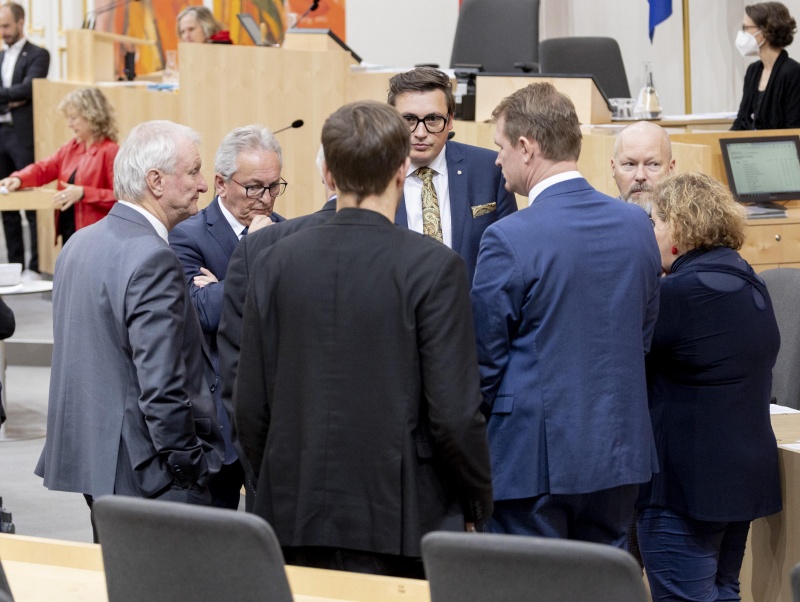The Structure of a Federal Council Sitting
Plenary sittings of the Federal Council start with Question Time or a Debate on Matters of Topical Interest. During Question Time Members of the Federal Council address short oral questions to members of the Federal Government. In the Debate on Matters of Topical Interest also issues relating to the European Union can be raised.
Urgent Questions and deliberations on written answers to questions provide an opportunity to discuss matters of day-to-day politics. Provincial Governors and members of the Federal Government may at any time make statements on topical issues.
The Plenary of the Federal Council can address resolutions regarding political concerns to the Federal Government and set deadlines for the preliminary deliberation of a given subject by the competent expert committee. The Plenary also takes official note of reports of the Federal Government.
